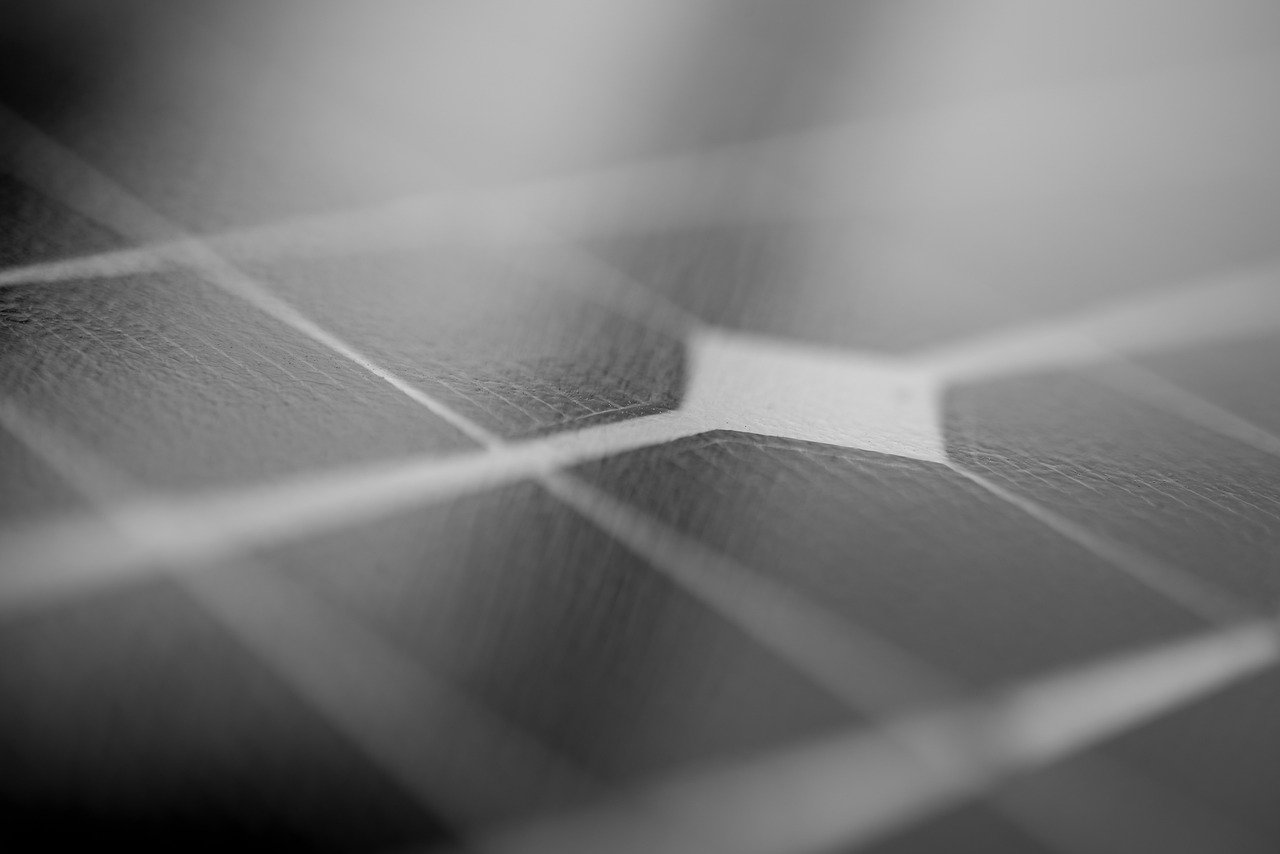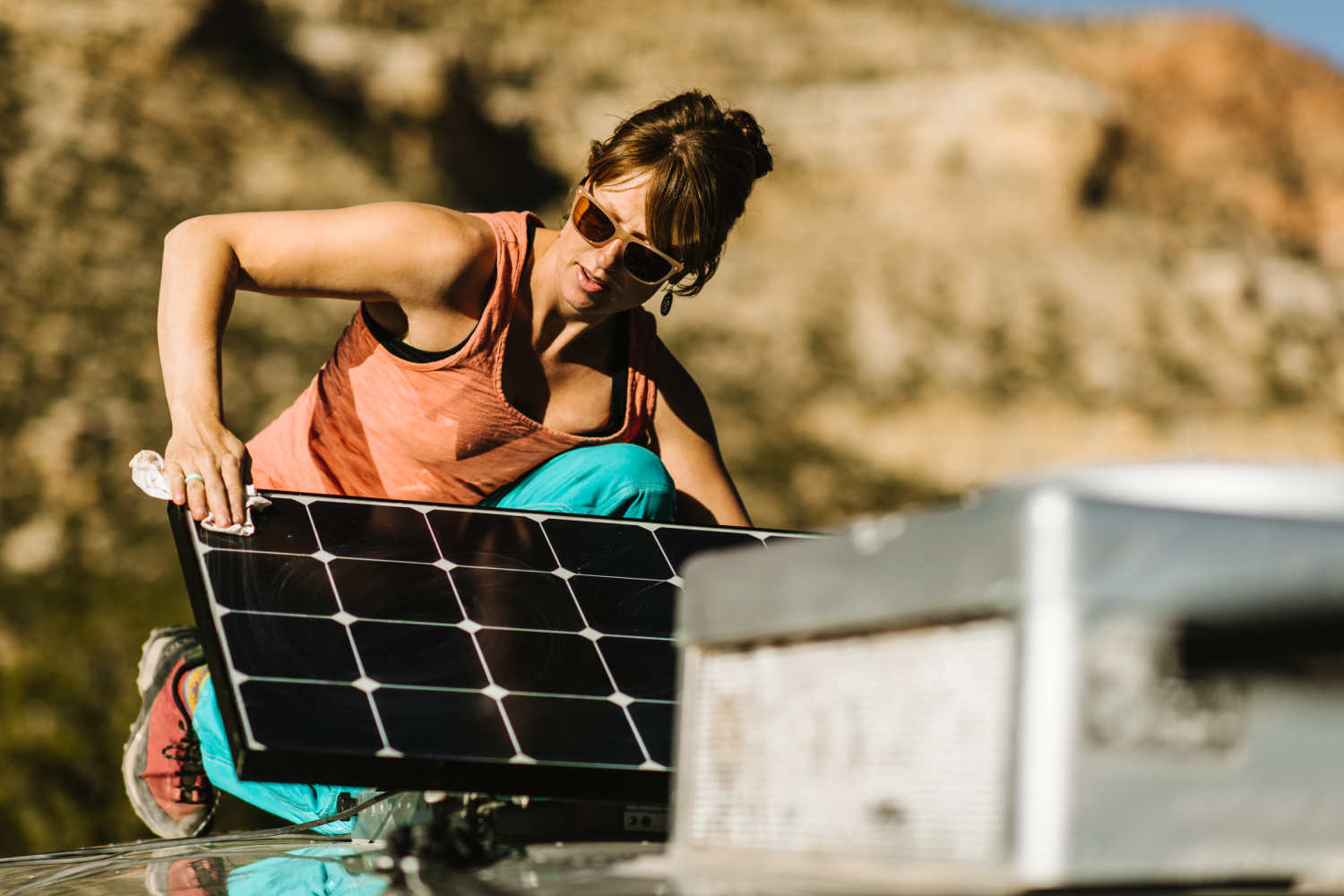How To Make A Solar Panel In Canada And Abroad?
How To Make A Solar Panel In Canada And Abroad?
When you consider installing a solar panel system on your roof and but end up finding the overall setup cost is expensive, this idea might occur to you: why not make your own solar panel from scratch so you can save your money?
However, the truth is that making your own solar panel is not economically worthwhile. A homemade solar panel will not perform as well as commercially built panels and the lifespan is evidently shorter. Moreover, the DIY process is complex or even dangerous, especially for people without professional electrical engineering backgrounds.
In this article, we will only show a simple DIY process, in order to let you have a basic understanding of how a solar panel is made. Also, we will explain why solar panels manufacturing is so costly and how does a solar panel work. If you still have enthusiasm for solar DIY projects, we do offer two other viable options to satisfy your needs.
Table of contents:
- How To Make A Solar Panel ?
- Why solar panels manufacturing is so costly?
- How does a solar panel work?
- A Word About Peak Solar Hours In Canada What Kind Of Solar Power Systems Are Safer To DIY?
- How To Make Thermal Solar Panels?
- How To Make A Solar Thermal Concentrator?
- Best Way To Choose a Solar Panel In Canada
How To Make A Solar Panel?
You’ll need eye protection for drilling and cutting the metal frame, breathing protection for applying the epoxy, and hand protection when working with sharp edges. Then here are the steps:
- Buying solar cells: fabricating solar cells is not realistic without professional devices and a lab environment, so we do recommend buying solar cells through online stores. Monocrystalline cells are the most efficient among different types of solar cells.
- Processing each solar cell: this step involves a lot of work on measuring and cutting tabbing wire. While bonding the wire to the cells, leave positive and negative leads that you can attach as output.
- Connecting the cells on a board: prepare a non-conductive backing board. Glue and solder the cells together on the board.
- Enclosing everything in a waterproof frame: The panel better comes with glass or plastic sides

Not everything is basic soldering, the process also involves complicated electric wiring. We deliberately ignore that part here because we just want to offer a rough description for your easy understanding of how a solar panel can be made. With respect to those with electrician backgrounds, a more detailed instruction can be found here.
Once the panels are created, you actually need to hook them up to your home. Suppose the setup process is still carried out by yourself, you’ll need to research the physical wiring already present in your home of course. Then you’ll need to:
- Drill and conduit the auxiliary wiring path.
- Get the right building permits.
- Get the right electrical permits.
- Lay the wiring itself.
- Install a DC inverter in your home.
- Hook your DIY solar panels into the inverter.
- And safety test the entire system.
Poor wiring is one of the leading causes of fires in DIY electrical jobs. Therefore, we do suggest you employ an expert to help you with the setup process.
Why solar panels manufacturing is so costly?
The commercial manufacturing process is much more complicated than DIY, as it involves solar cell production. Solar cells have to be made of Si of 99.999% purity. Yet the extraction of high-purity Si is still energy intensive and the yield is low per unit. Another hurdle lies in the wafer cutting process. Due to the fragile quality, approximately 30% of Silicon can be wasted during this process. When it comes to the PV module formation, the steps are similar to the foregoing DIY process, but they are more controlled, precise, and streamlined. What’s more, the whole process has to be completed in a clean environment, and the finished product will have to undergo various testing before consignments.

The actual manufacturing process will only be more sophisticated than described. So you can guess why it is so expensive to invest in a solar panel. Despite the upfront cost, we believe the investment of a well-built solar panel can pay back fast.
How does a solar panel work?
A solar panel converts sunlight into electricity. But how does it work? Here’s the answer. When the sunlight reaches the solar panel, particles of light (also called photons) can excite the electrons moving around in the silicone cells. Then the constant reaction can bring about energy.
Solar panels generate DC currents, which can not be used directly by home appliances that work with AC electricity. Therefore, an inverter is needed to convert the DC power to AC power. A solar power station usually comes with a built-in inverter and batteries. In scenarios where electricity needs are relatively small, such as in a small cabin or van life, the solar panel can deliver its electricity directly to the power station, which stores and supplies on-demand electricity.

A Word About Peak Solar Hours In Canada
The effectiveness of any solar panel, whether you’re talking about solar voltaic or solar thermal, can be measured by the number of peak solar hours your area receives.
Canada gets, on average, between three and four peak solar hours per day - more in the Summer, and less in the Winter. This is when a solar panel will produce the most electricity or heat that it possibly can.
So when you’re planning your DIY solar panels in Canada, you can angle the panels to make sure they get the most sunlight out of the narrow time window.
What Kind Of Solar Power Systems Are Safer To DIY?
You can more safely DIY certain kinds of small solar panel systems, such as the ones that you can use to warm a greenhouse, boil water, cook food, and provide radiant heat for a number of applications.
DIY solar thermal arrays are far safer and cheaper to create and install than photovoltaic systems. This is because you won’t be hardwiring them into your home’s electrical system, and there are two possible system types to pick from for your specific needs.
Let’s talk about those solar thermal systems, as well as inexpensive pre-built solar power generators that you can incorporate into your power plan.
How To Make Thermal Solar Panels?
One of the most efficient, cheap ways to heat water is via a DIY PEX coil thermal solar panel. You can use a frame lined with black roofing paper which is more long-lasting if you want to avoid replacing the wood every decade or so.
The theory is simple: Put a big coil of cheap tubing in a glass covered hot box. Paint it black (a thinly sprayed layer of flat black on primer). Allow the sun to beat down on this long coil with a slow flow of water running through it. The pipe is rated for several decades carrying 90 degree Celsius water.
Best of all, these are portable. If you have an RV or mobile home, you just need to set them up at the right angle for wherever you happen to be.
How To Make A Solar Thermal Concentrator?
But what if you want to fry or bake something with solar power, without any electrical hookup?
Starting with the very basics, the non-profit GoSol.org created one of the first plans for a solar cooking array. They’ve since made those plans private, but they can still be found online.
It is, in essence, an array of highly focused mirrors. When all concentrated on the same point, these mirrors can be used to cook food, heat water, or heat up any big metal plate.
This last application is how you might heat up an insulated greenhouse, for example. Set up the array to focus on a (well protected to avoid fire hazards) suspended heating plate. The heat will radiate off of the metal to warm the air in the greenhouse.
Variations on this design could even be used to build a concentrated solar generator, though that’s only really efficient at a larger scale, as seen in the Ivanpah Array.
Best Way To Choose a Solar Panel In Canada
With prices of prebuilt solar panels in Canada reaching all-time lows, it’s probably safer and more time-efficient to buy something modular. Certified, pre-built panels will more easily pass inspection and get you the right building permits.

The Renogy 800W Solar Panel Premium Kit is one of the easier ways to go for a small array. You can get rigid panels for the home, or flexible panels for a camper or boat.
For a bigger system, you can visit our online store. Renogy is an expert in developing solar products in the industry. With the mission to popularize clean energy to the world, Renogy offers all-in-one solutions for consumers who want to handle solar energy as fast as possible. You can easily find all requisite kits for a complete off-grid solar system at Renogy, such as the solar power generator, 12 Volt lithium battery, 12V inverter, monocrystalline solar panels and more.
Best of luck in your DIY efforts, and in your traditional solar projects as well!
Related articles:
What Are the Necessary Components of a Solar Power System?
How Long Do Solar Panels in Canada Last on Average?
What Is the Average Solar Panel's ROI in Canada?
Getting Started with Solar Panel Starter Kit
How to Hire the Right Solar Installation Contractors in Canada






